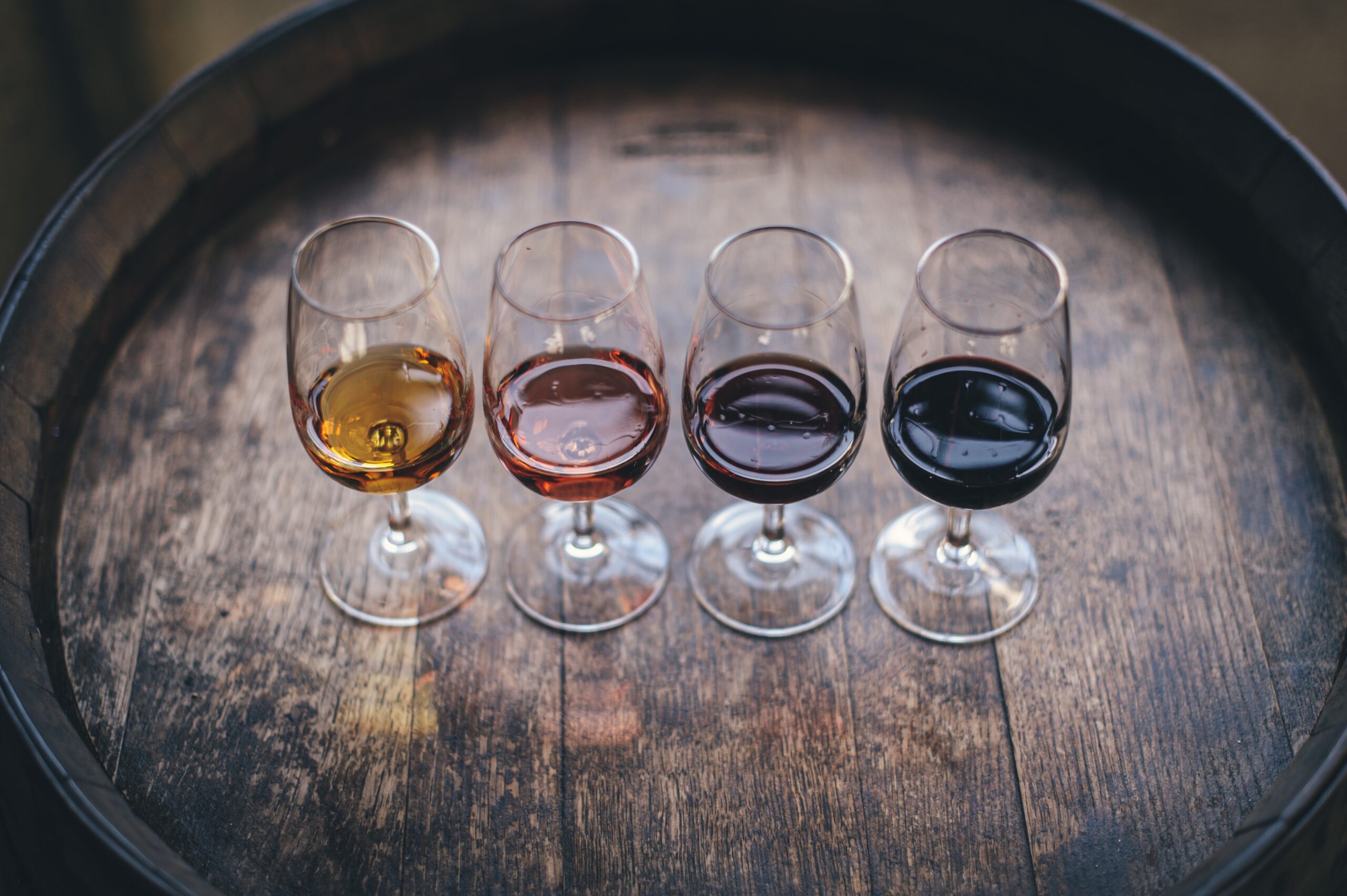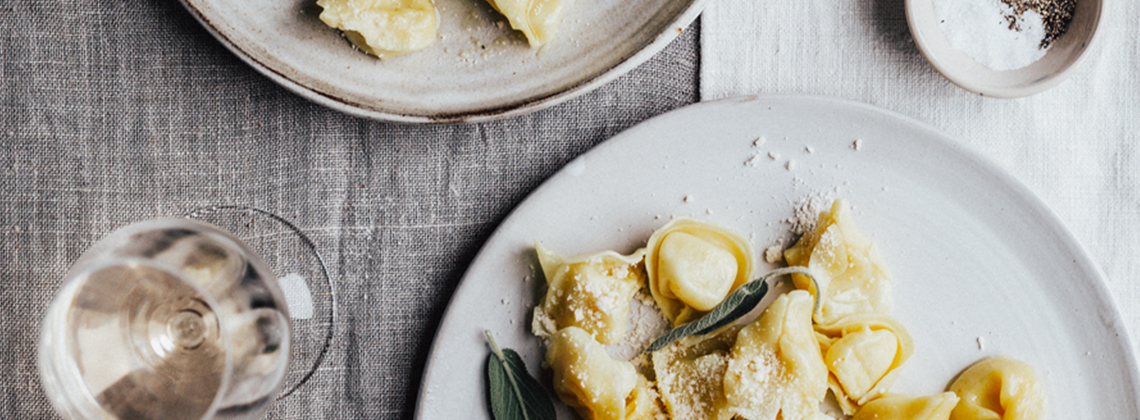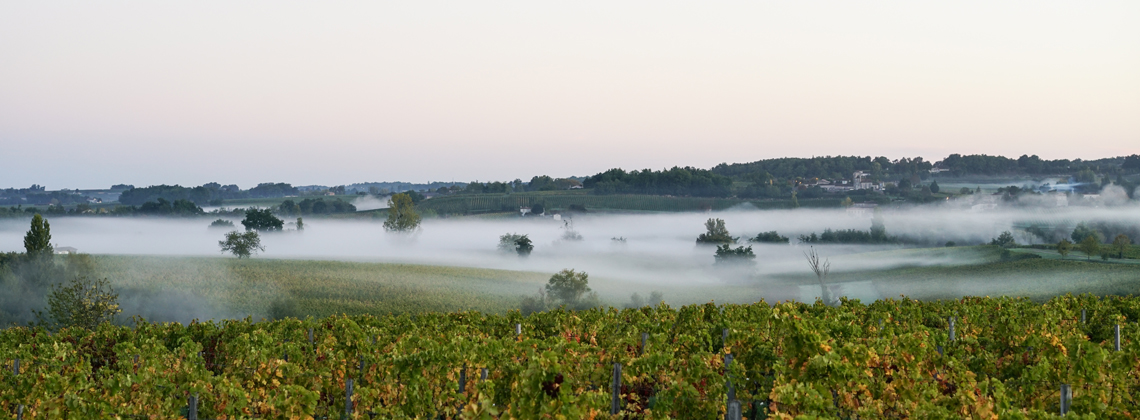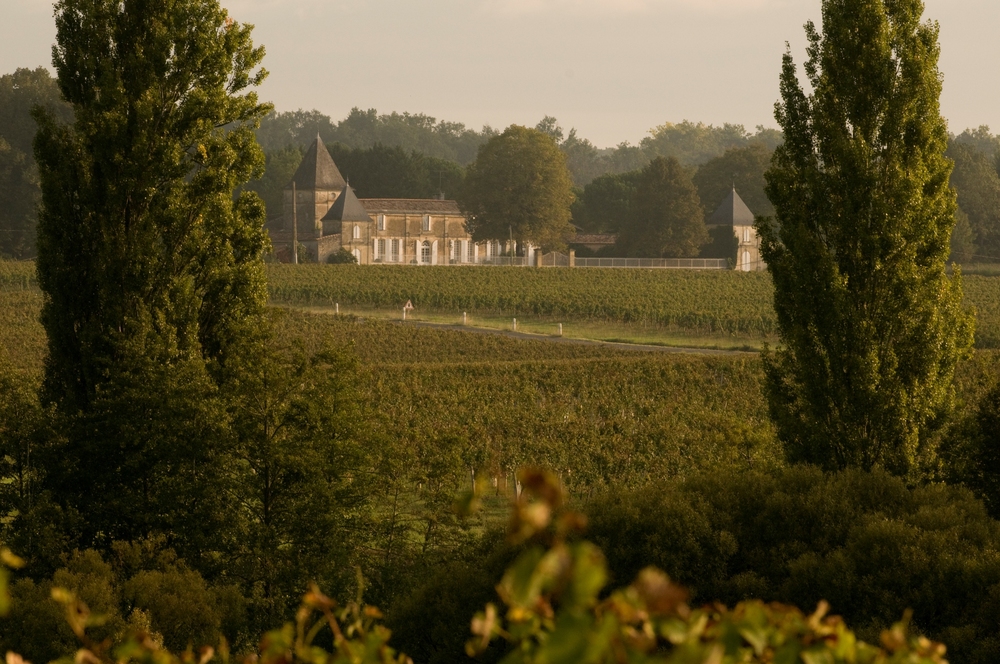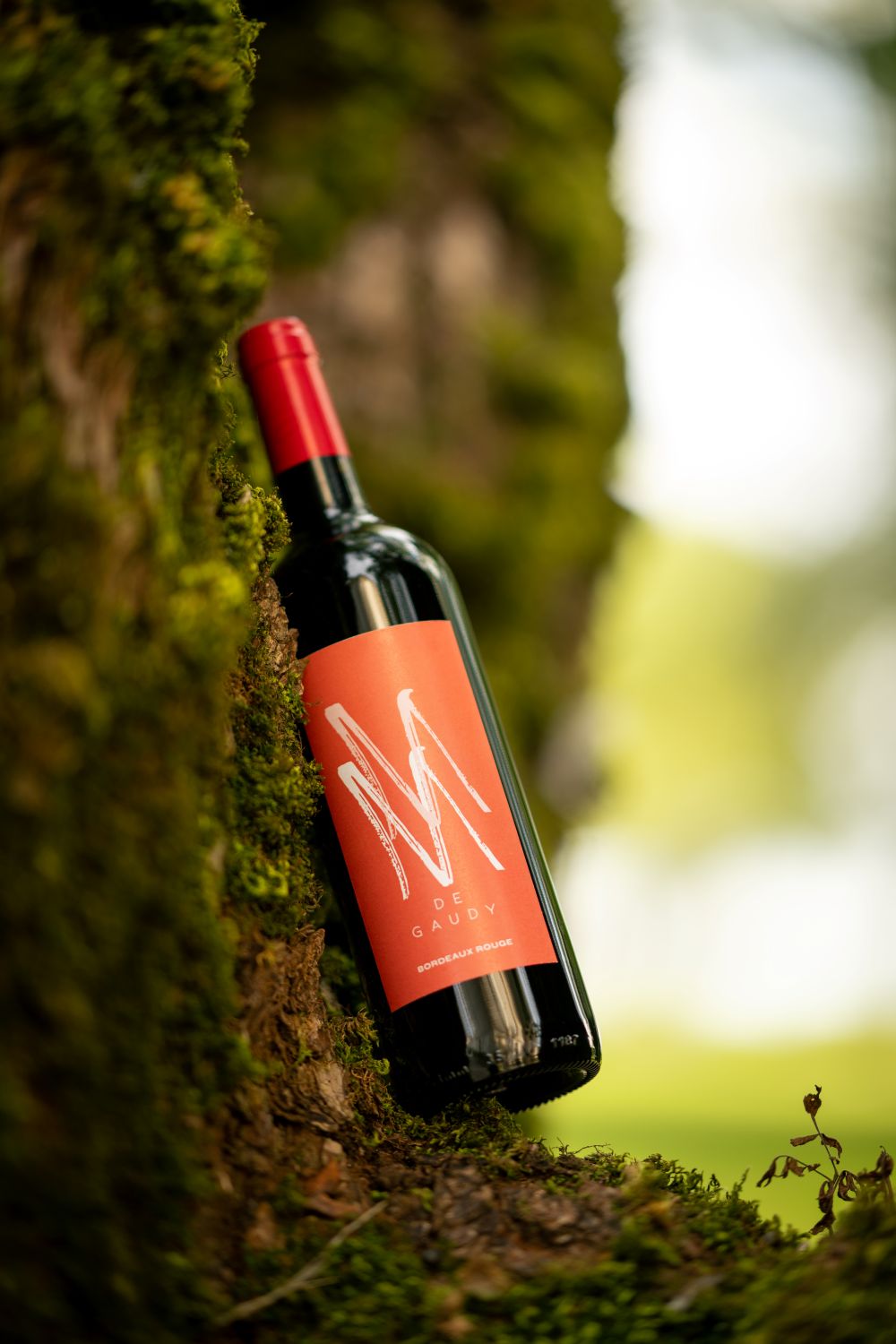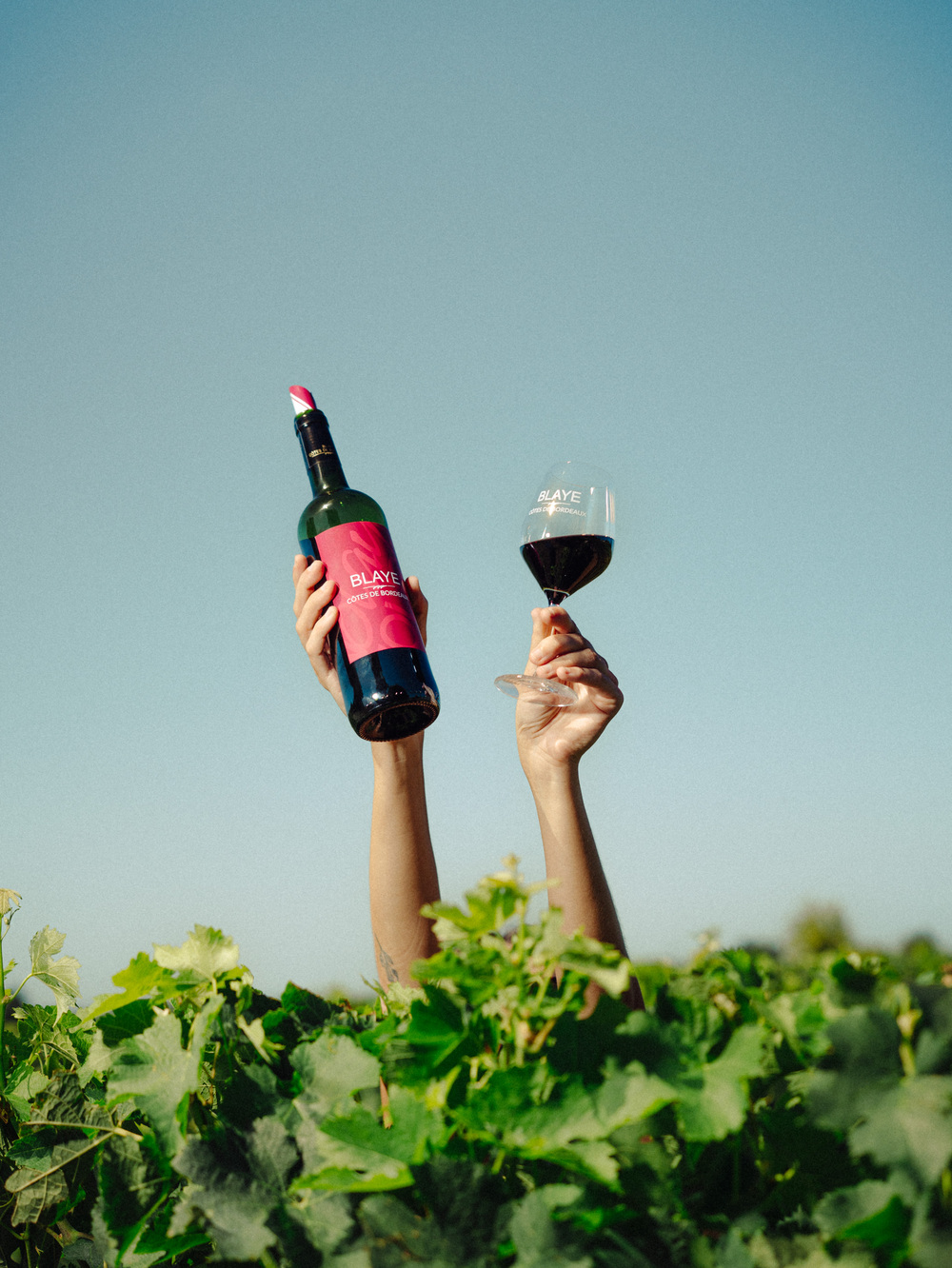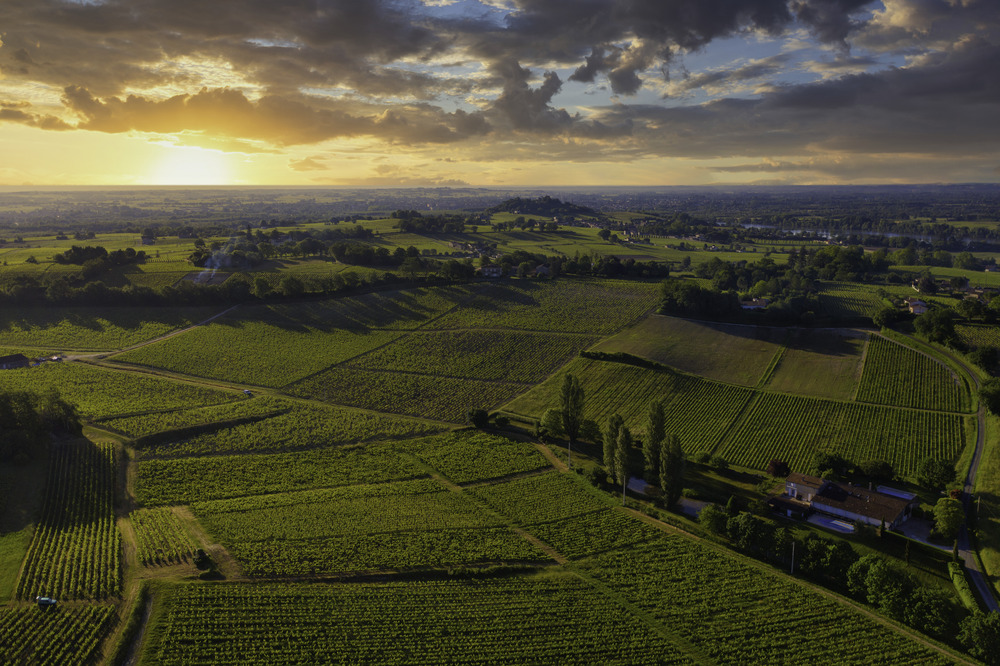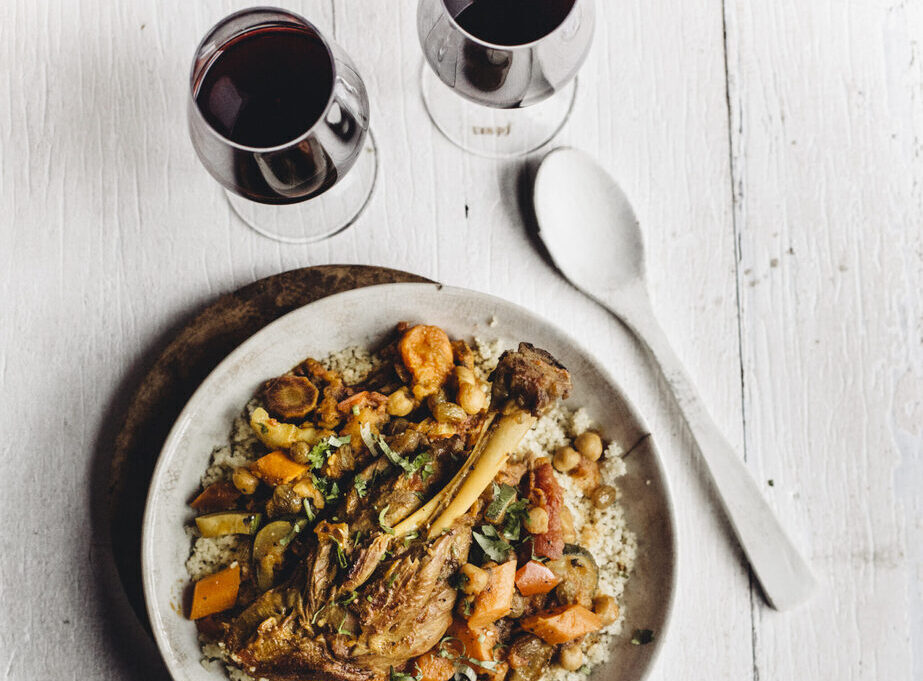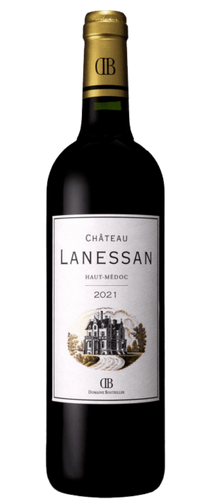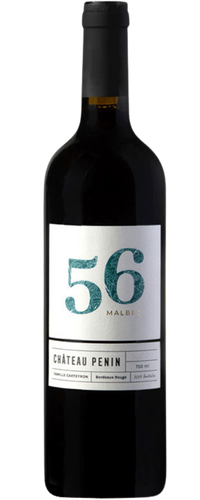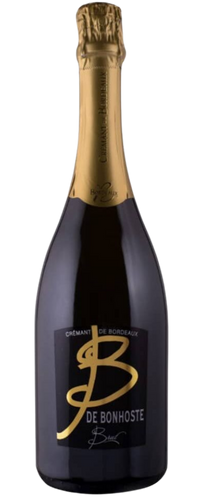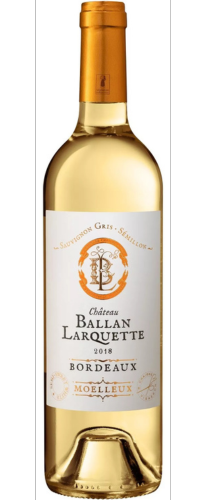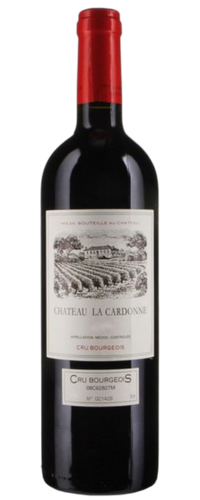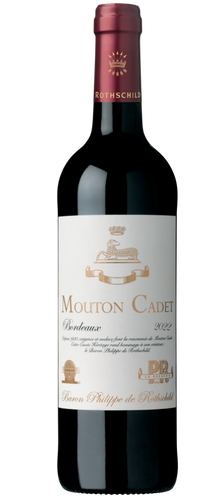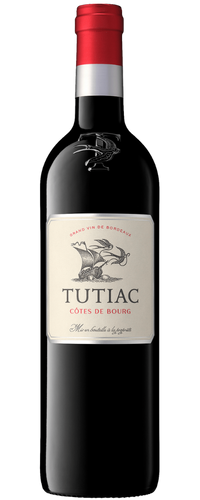The world of
BORDEAUX Wines
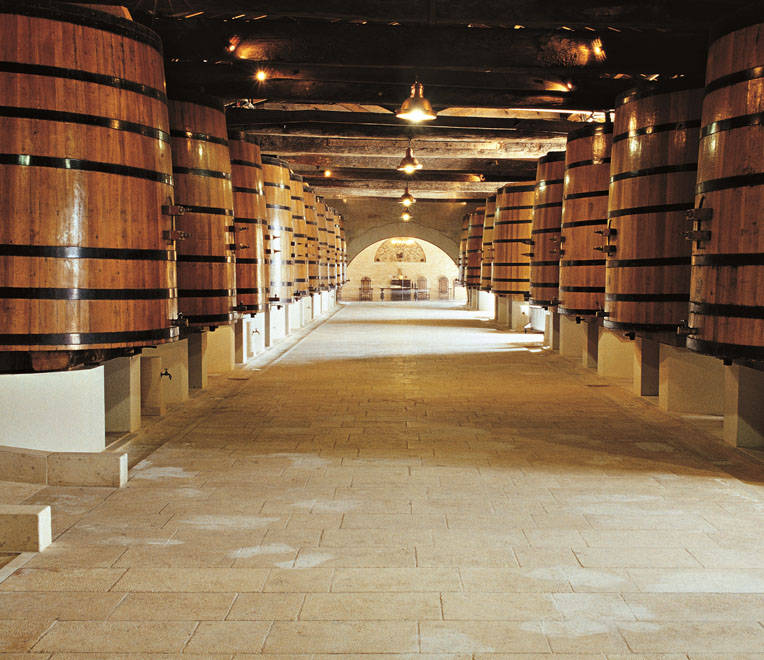
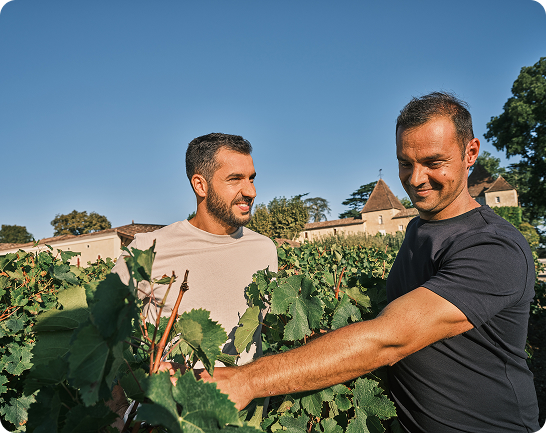
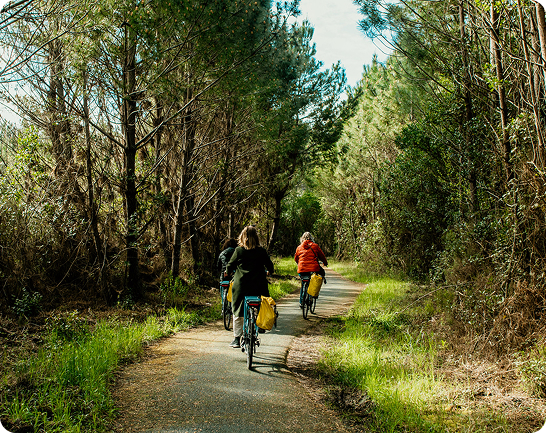
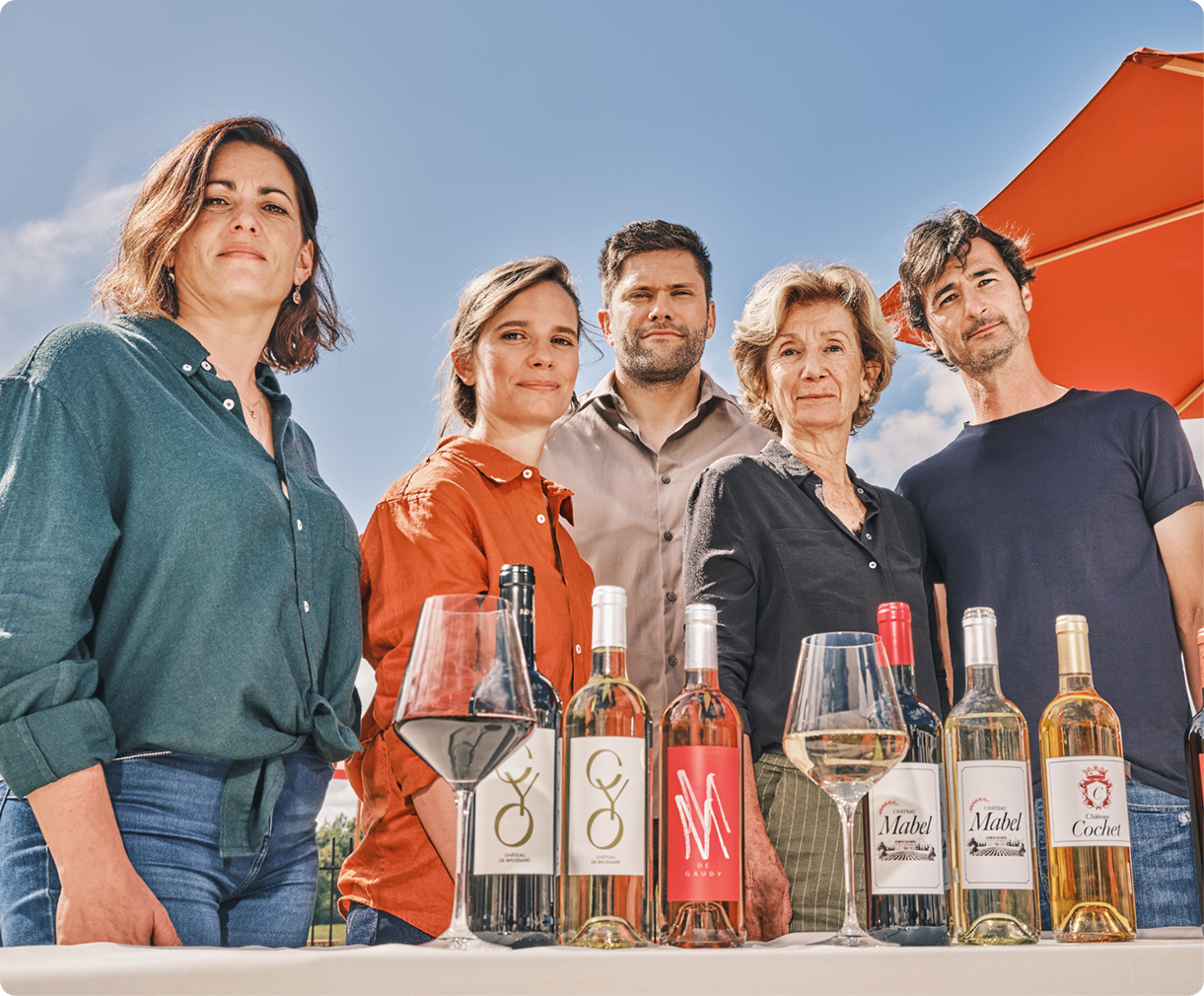
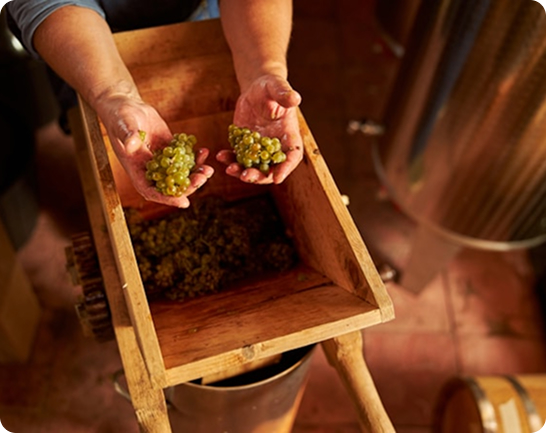
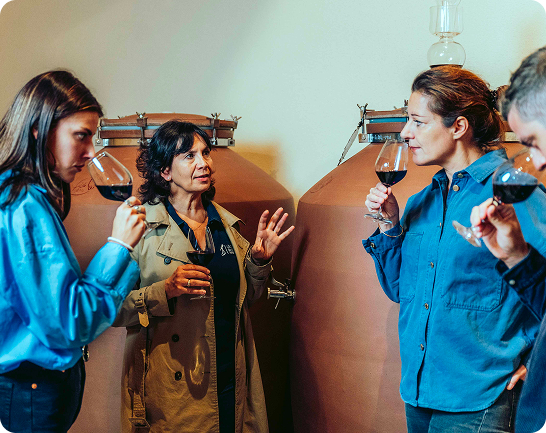
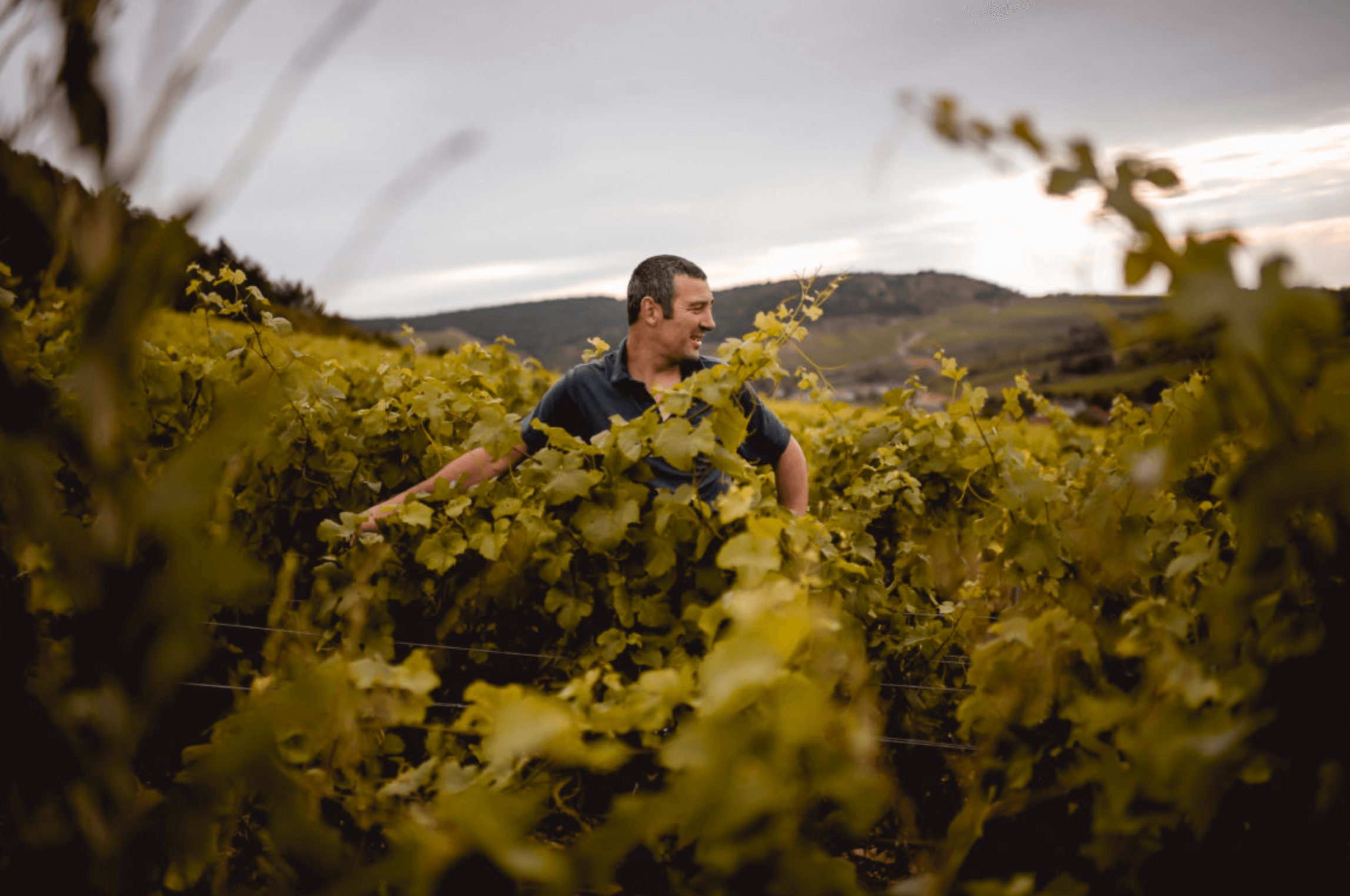
To enjoy
Right away
-
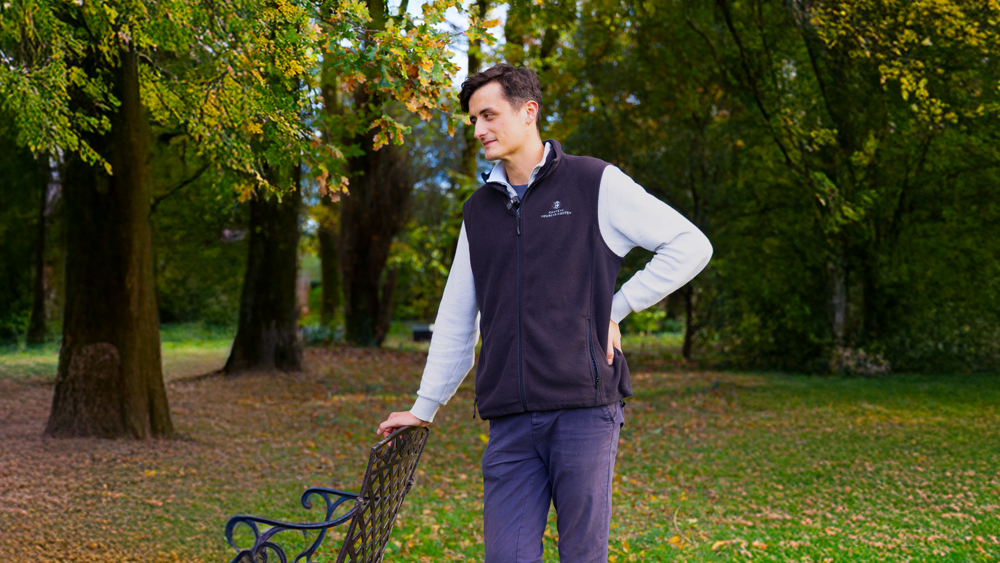
PORTRAIT
of the week
PostResolution stories – Château Fourcas Hosten: when nature finds its place again
-
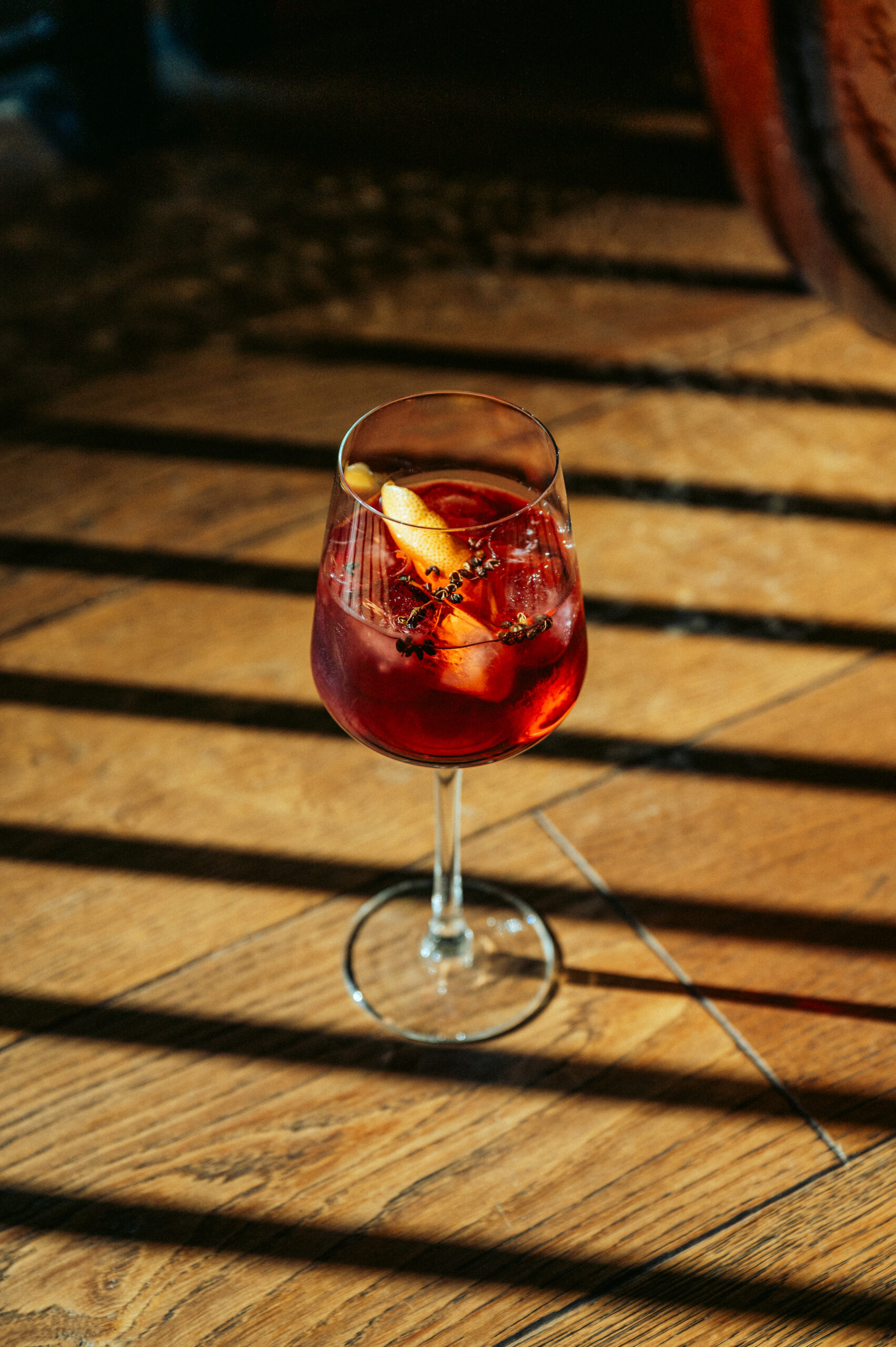
Louis Vizet Cocktail -
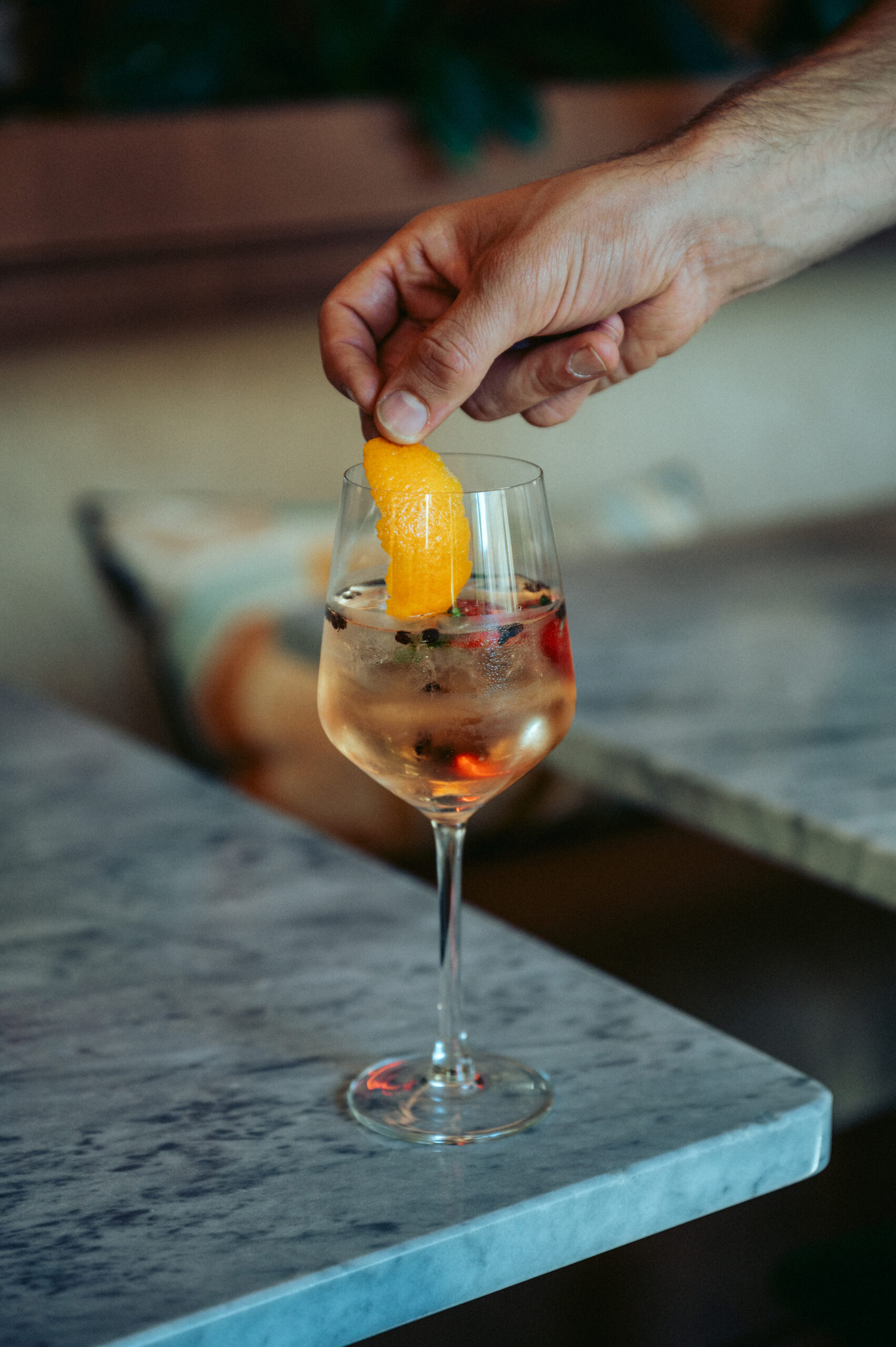
Louis Vizet Cocktail
Fun
Facts
Vines in the city: Bordeaux is home to more than 20 micro‑vineyards within the city limits — including one right on the Place des Quinconces.
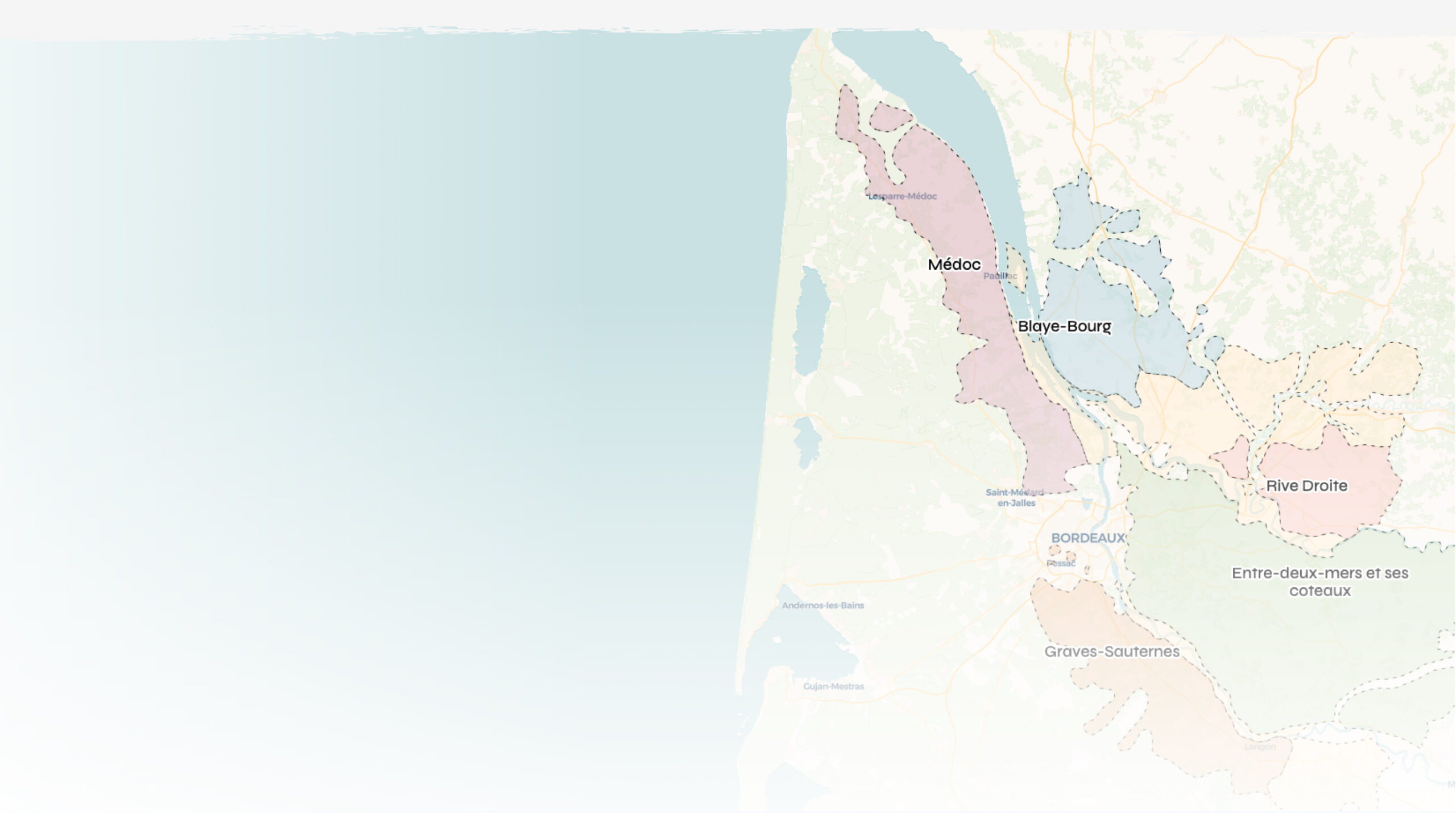
EXPLORE
The vineyarD
We’ll let you wander along our wine routes — a journey through a symphony of terroirs, stories and craftsmanship waiting to be discovered.
Our territories
-
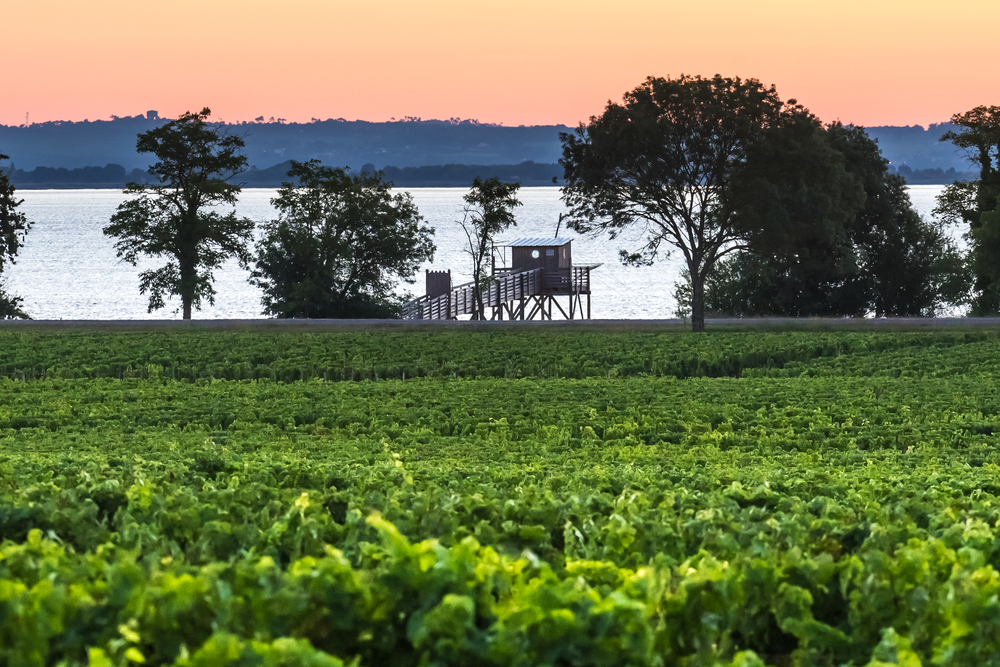
Photo VisionAir -
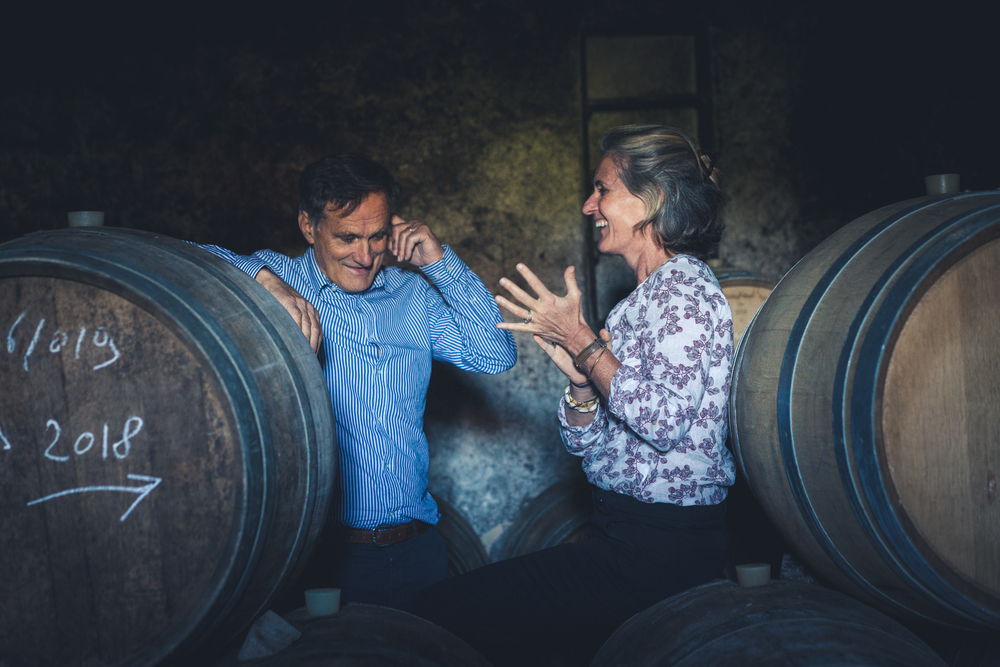
Favoreat Design
TO KEEP
Exploring
-
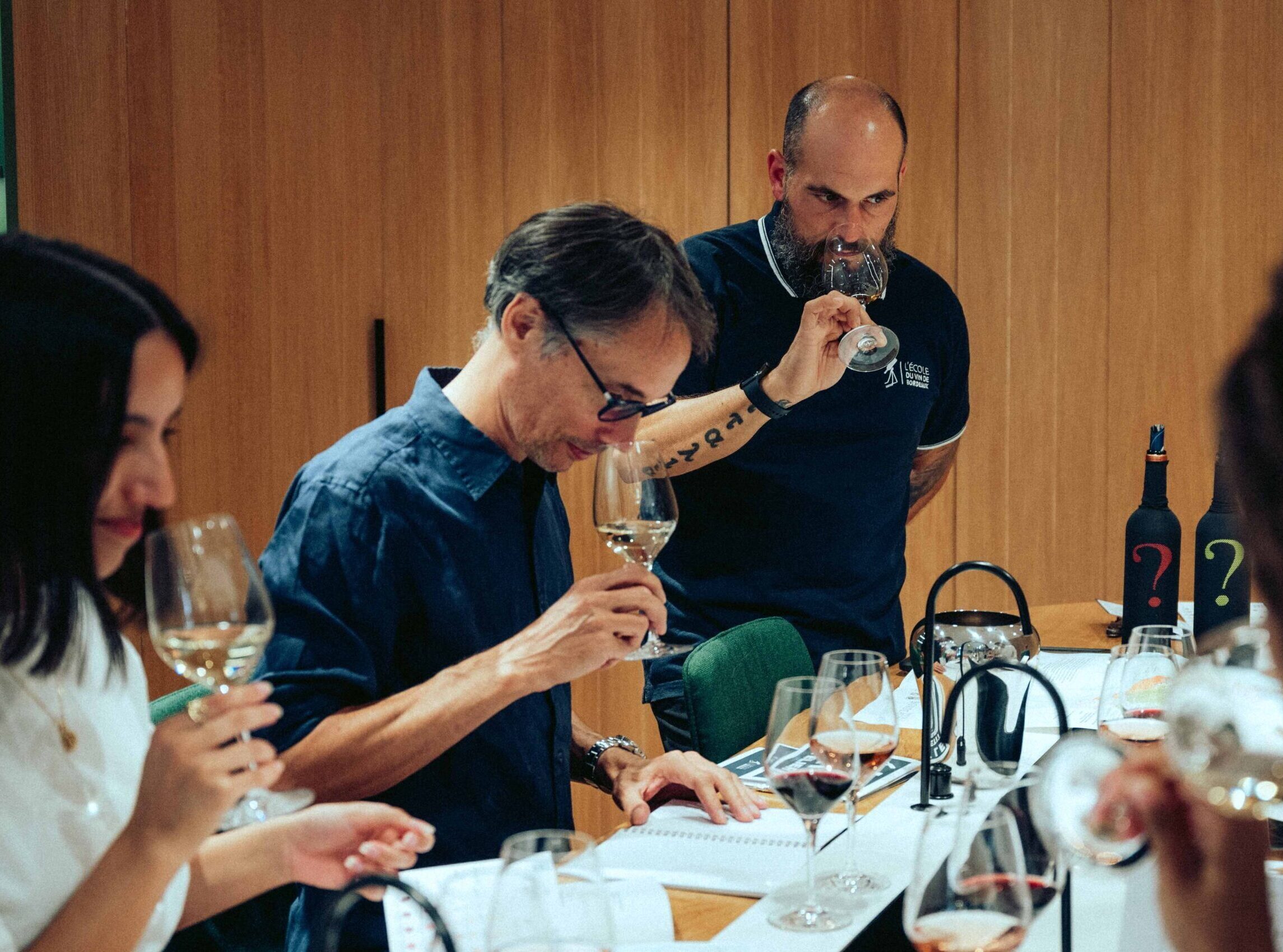
Louis Vizet -
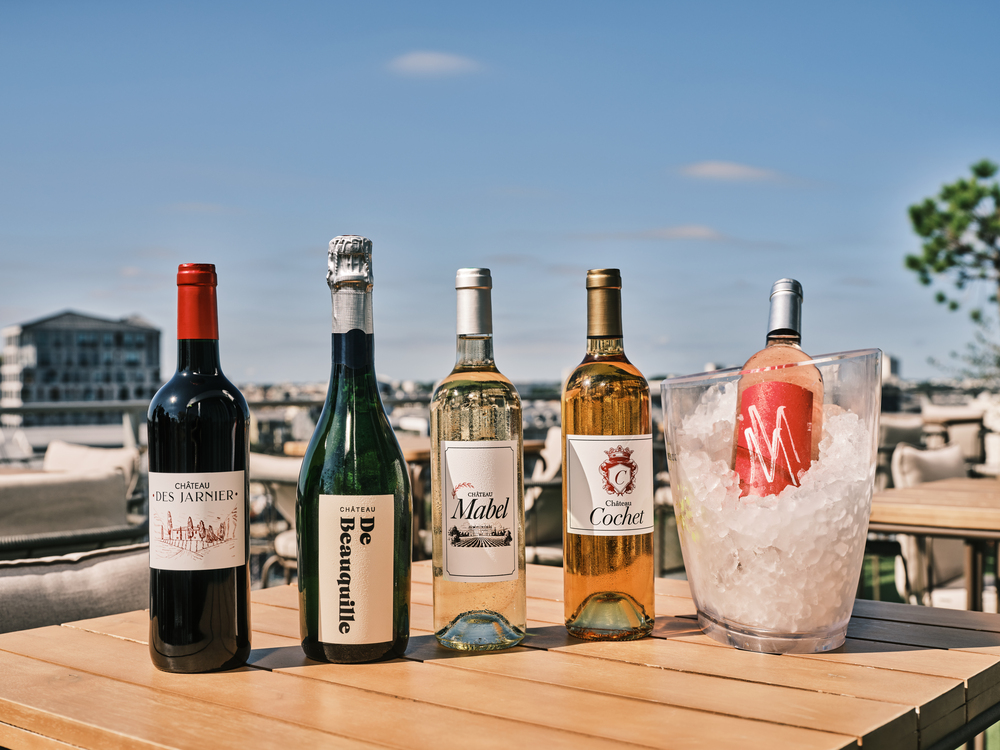
So Bang
OUR WINES
selection
Welcome to the world of Bordeaux wines!
Dive into our collection of articles and explore the many secrets of this remarkable vineyard — from vine to cellar, from harvest to glass, from the soil to the bottle.
Meet the men and women behind every cuvée, discover their journeys, their passion and their craft. We’ll take you through Bordeaux’s most iconic terroirs, and help you uncover its more confidential gems along the way.
And because Bordeaux is also a living, vibrant culture, we’ll share our best tips — tastings, events and inspiring experiences — to help you make the most of everything the region has to offer.
